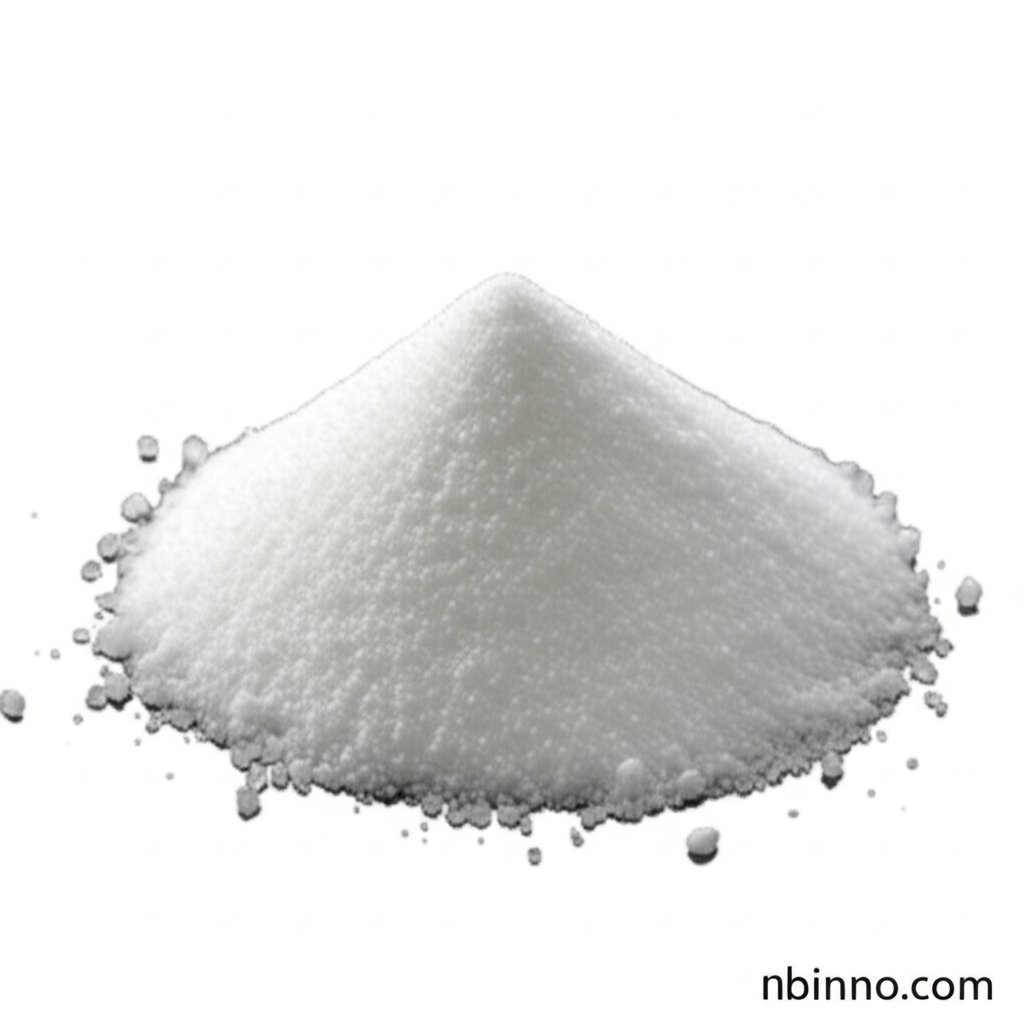2-Acetamido-5-mercapto-1,3,4-thiadiazole: Synthesis Intermediate and Corrosion Inhibitor Applications
Explore the versatile applications of this key chemical intermediate in pharmaceuticals and material protection.
Get a Quote & SampleProduct Core Value

2-Acetamido-5-mercapto-1,3,4-thiadiazole
This compound serves as a crucial building block in organic chemistry, most notably as a synthesis intermediate for Acetazolamide, a widely used carbonic anhydrase inhibitor. Beyond its pharmaceutical role, it demonstrates significant utility as a corrosion inhibitor, offering protection to metal surfaces, particularly zinc and copper, when incorporated into coating formulations.
- A vital 2-acetamido-5-mercapto-1,3,4-thiadiazole synthesis intermediate that facilitates complex organic transformations.
- Demonstrates efficacy as a corrosion inhibitor for zinc and copper, enhancing the lifespan of metallic components in various applications.
- High purity (>98.0% HPLC) ensures reliable performance in demanding chemical synthesis processes.
- An essential precursor for Acetazolamide, contributing to the production of important pharmaceuticals.
Key Advantages
Versatile Synthesis Intermediate
Leverage its role as a pharmaceutical intermediate to streamline the production of life-saving drugs like Acetazolamide.
Protective Coating Additive
Utilize its properties for corrosion inhibition for zinc and copper, offering enhanced durability and performance in protective coatings.
Reliable Chemical Purity
Benefit from the purity of 2-acetamido-5-mercapto-1,3,4-thiadiazole, crucial for consistent results in chemical synthesis and research.
Key Applications
Pharmaceutical Synthesis
As a primary pharmaceutical intermediate, it is indispensable for the synthesis of Acetazolamide, a critical therapeutic agent.
Protective Coatings
Incorporated into coatings, it acts as a corrosion inhibitor for zinc and copper, extending the service life of metal parts.
Organic Chemistry Research
Its structure makes it a valuable building block for further exploration in organic chemistry synthesis and novel compound development.
Material Science
Explore its potential in developing advanced materials where surface protection and chemical stability are paramount, building on its corrosion inhibition properties.
